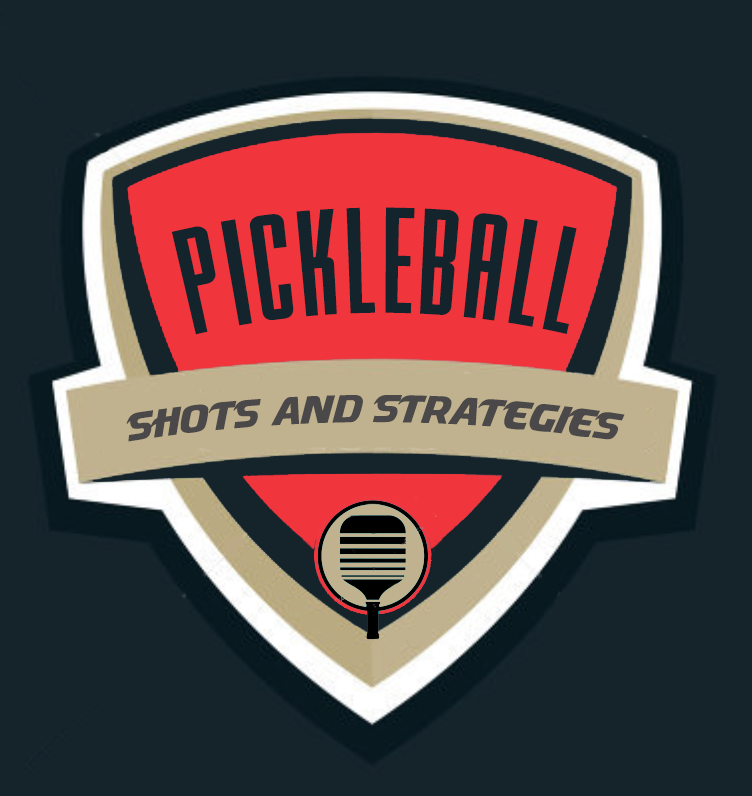GRIPS
Just like a tennis racket, the grip on a pickleball handle is divided into eight beveled surfaces, identified by numbers that run in sequence in a clockwise manner. If you were to hold the paddle out in front of you as if you were holding a hammer and look at the bottom of the handle, the bevel at the top (“at 12” on a clock face) would be #1. Moving clockwise, the next bevel in the sequence is #2, and so on and so forth, all the way around the handle. Your grip is determined by which bevels make contact with the index knuckle and the heel pad of your hand.
The Continental Grip is the most commonly taught grip. Bear in mind that the majority of top players have grip changes. The reason the Continental is widely taught is because it simplifies the instruction. I like to teach the different grips because I play with slight grip changes and find it easy to do so. For the Continental, your Index Knuckle and Heel Pad are both right on the edge of Bevel 1 and Bevel 2. This is a compromise so that you can so that you can use a single grip for all shots on both forehands and backhands.
The Eastern Grip is a “handshake” to the paddle grip. Both the index knuckle and the heel pad are on Bevel 2. Easy grip for forehand and requires a grip change for the backhand. Think about your index fingerprint being like your paddle face at the point of contact with the ball. I use this grip for most forehands and find it to be more comfortable than the Continental.
The Western Grip is used to achieve more topspin on the forehand. The index knuckle and the heel pad are on Bevel 3. This turns the paddle face so its angle is more closed and results in more topspin being applied to the ball. Players with this grip can really swing harder and hit up on the ball more because the additional topspin causes the ball to curve or dip back into the court. When I want to apply more topspin I use this grip, simply by turning it a little more to close my paddle face. I use this grip to apply more topspin. I simply turn the grip a little more which closes my paddle face. With this grip, you won’t hit the ball long, but you may hit balls into the net.
In the Backhand Grip the index knuckle and the heel pad are on Bevel 1. Picture your thumbprint being like your paddle face at the point of contact with the ball. I use this grip for my backhands.
Different grips require slight changes and I encourage you to do some experimentation so you can accurately control the paddle face on each shot. I liken grip changes to a guitar player changing chords. With practice, it will happen automatically. Those who say you don’t have time to change grips during a game will have a tough time explaining players who can switch between a two handed backhand and a one handed forehand.
